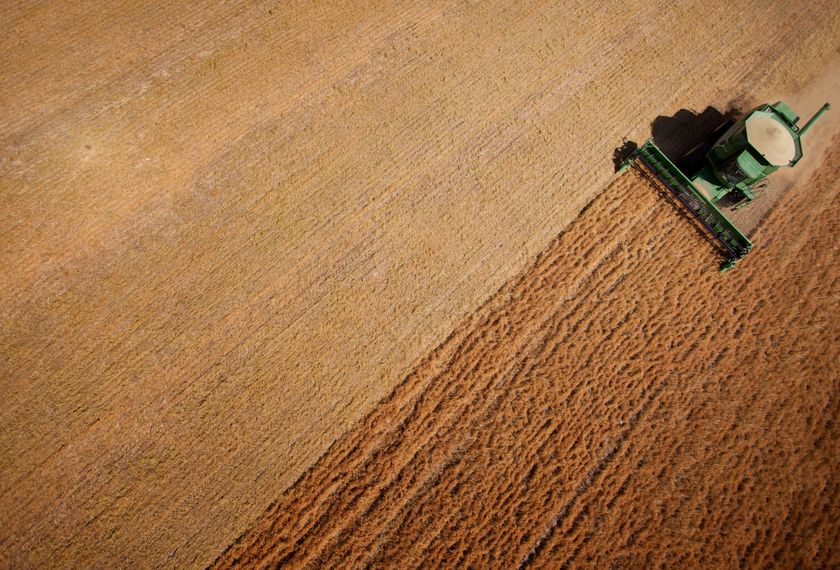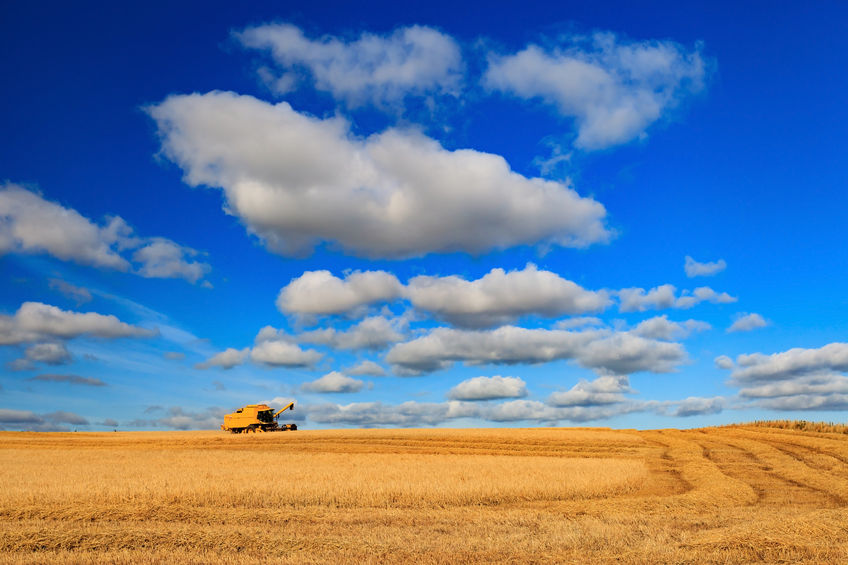
Arable farmers continue to show initiative in the battle for profitable crop production in the face of increasing uncertainty, with many lowering production costs and diversifying.
Latest research from the Farm Business Survey shows the average cost of production for most crops is still far above break-even point.
2015 was a year of record-breaking crops, and yet farmers struggled to break-even on any of them.
With continued uncertainty over UK agriculture policy and future trade deals, the response of farmers to low prices is seen as important as ever.
A key part of this, explains Ben Lang, author of Crop Production in England, is exploring the complete cost of growing these crops.
When all costs are factored in, the average arable farm lost £34 on every tonne of wheat produced, £50 per tonne of winter barley, £69 per tonne of winter oilseed rape and a staggering £89 on every tonne of spring beans sold in 2015/16.
Of the most popular cereals crops, spring barley generated the greatest negative margin; the average cost of production was £178 per tonne. And this was on a record-breaking national yield of 6.5t/ha, but when sales prices averaged just £112/t, this made for a significant loss.
Ben Lang said: “Normally high yields help to counter the impact of lower commodities prices, but farms in England had a very expensive cost base to begin with.

“The previous year, was also high yielding, and yet it cost £190 to produce a single tonne of spring barley in 2014, and £258 per tonne of spring beans.”
Production costs down
But farms are economising, year on year costs are down. Fixed costs on cereals farms averaged £653 per hectare in 2016, a fall of £29 from the previous year.
In particular, labour costs fell by 4% and the machinery bill by 9%. Lang explained: “Reduced overall spending and a shift towards lower cost spring crops are helping to bring production costs down.”
And it’s not just cost cutting that is helping farms to deal with low prices and uncertainty. It seems that more targeted agronomy is reaping rewards as well.
Lang continued: “The combination of modern varieties and chemistry played a crucial role in the record-breaking yields of harvest 2015. Nationally the winter wheat crop broke records with a yield of 9.8t/ha, and barley with record crops of 8t/ha for winter varieties and 6.5t/ha for spring varieties.
“Yet, if exceptional weather and growing conditions alone were responsible for these record breaking yields, then the organic sector would also have had record-breaking crops.”
But as Lang explained, this was not the case: “Organic growers generally achieved average or slightly above average yields in 2015, but certainly not record-breaking crops. The tools available to non-organic growers appear to have given them a yield-enhancing edge.”
Diversification
Diversification is another option being explored by arable businesses as they prepare for the future.
Farm diversification accounts for one third of farm incomes, according to figures. Cereals farms increased their diversification output by 20% in 2016.
“We’re seeing an increasing amount of machinery spending going to diversification; the average cereals farm spent 13% of their machinery bill on green technology last year,” said Lang.
The survey also takes a look at the farm balance sheet. Liabilities increased by 4% on cereals farms in 2016.
“The increased levels of borrowing helped farms to deal with periods of low cash flow, but also provided the capital for investment in new income streams,” continued Lang.
Looking to the future there’s still a lot of work to do; production costs are in most cases still higher than current crop prices.
Lang explained: “In an uncertain post-Brexit environment, there will be even greater requirement for competitive pricing and production regimes.
“After costs, the average cereals farm received a BPS payment of £166 per ha last year. This effectively subsidised every tonne of wheat produced to the tune of £17, and of spring barley to £26 per tonne.
“As farmers plan for a more challenging future, understanding individual farm production costs is essential.”
